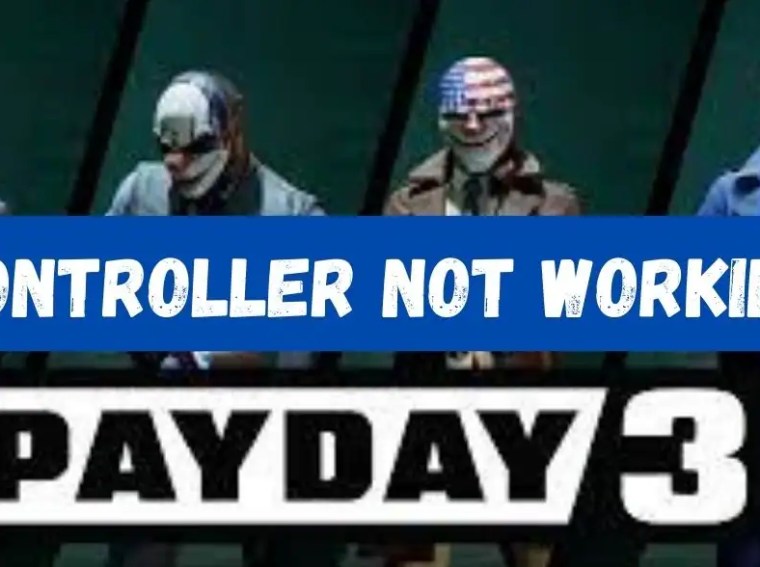You’re connected to your WiFi, but there’s no internet — frustrating, right? This is one of the most common issues faced by Windows 10 users. You might see the WiFi icon showing “Connected, no Internet” even when your router appears to work fine. Don’t worry — this guide will walk you through all the possible causes and step-by-step fixes to get your internet connection working again.
Common Causes of “Connected but No Internet” Error
Before jumping into the solutions, let’s understand why this issue happens in the first place:
- Incorrect IP configuration
- Outdated or corrupted network drivers
- Faulty DNS or TCP/IP settings
- Router or modem malfunction
- Third-party antivirus or VPN interference
- ISP (Internet Service Provider) downtime
Once you know the cause, fixing it becomes much easier. Let’s go through each fix step-by-step.
Fix 1: Restart Your Computer and Router
Sometimes, the simplest fix works best.
- Turn off your router and unplug it for 30 seconds.
- Restart your PC.
- Plug the router back in and wait for it to reconnect.
This clears temporary network glitches and often resolves connectivity issues.
Fix 2: Run Windows Network Troubleshooter
Windows has a built-in tool that automatically detects and fixes network problems.
- Press Windows + I → go to Network & Internet.
- Click Status → then Network troubleshooter.
- Follow the on-screen instructions and apply the suggested fixes.
If Windows finds a problem, it will repair it automatically.
Fix 3: Reset TCP/IP Stack Using Command Prompt
A corrupted TCP/IP stack can prevent internet access. Reset it easily:
- Type cmd in the Start menu → right-click Command Prompt → select Run as administrator.
- Enter these commands one by one and press Enter after each:
netsh winsock reset netsh int ip reset ipconfig /release ipconfig /renew ipconfig /flushdns - Restart your computer.
Now check if your WiFi connection works properly.
Fix 4: Update Network Adapter Driver
An outdated or corrupt WiFi driver can cause the “No Internet” issue.
- Press Windows + X → choose Device Manager.
- Expand Network adapters.
- Right-click your WiFi adapter → select Update driver → Search automatically for drivers.
- If no update is found, visit your laptop or motherboard manufacturer’s website and download the latest WiFi driver manually.
Fix 5: Disable and Enable Network Adapter
Refreshing your adapter can often reinitialize a broken connection.
- Open Control Panel → go to Network and Sharing Center.
- Click Change adapter settings on the left panel.
- Right-click your WiFi adapter → choose Disable.
- Wait a few seconds, then right-click again → choose Enable.
Try reconnecting to your WiFi network now.
Fix 6: Change DNS Settings
If your DNS server is having trouble, your PC may fail to access the internet even when connected.
- Press Windows + R → type
ncpa.cpl→ hit Enter. - Right-click your WiFi connection → select Properties.
- Double-click Internet Protocol Version 4 (TCP/IPv4).
- Choose Use the following DNS server addresses and enter:
- Preferred DNS server:
8.8.8.8 - Alternate DNS server:
8.8.4.4
- Preferred DNS server:
- Click OK → reconnect to your WiFi.
These are Google’s public DNS servers and often solve DNS-related issues.
Fix 7: Disable Proxy Settings
Incorrect proxy settings can block internet access.
- Press Windows + I → go to Network & Internet → Proxy.
- Under Manual proxy setup, make sure everything is turned off.
- Restart your computer and reconnect to WiFi.
Fix 8: Temporarily Disable Antivirus or VPN
Some third-party antivirus programs and VPNs interfere with network connections.
- Temporarily disable your antivirus or disconnect your VPN.
- Then check if your internet starts working.
If it does, you may need to adjust their settings or consider switching to different software.
Fix 9: Reset Network Settings
If none of the above works, try resetting all network settings.
- Press Windows + I → go to Network & Internet.
- Scroll down and click Network reset.
- Click Reset now → confirm when prompted.
- After rebooting, reconnect to your WiFi.
This restores all network components to default settings.
Fix 10: Check Your ISP and Router
If your PC and router are fine, the problem could be on your ISP’s end.
- Use another device (like a phone) to check if it connects to WiFi and accesses the internet.
- If not, your ISP might be experiencing downtime — contact them for confirmation.
- You can also reset your router to factory settings if needed (refer to your router’s manual).
Additional Tips
- Keep your Windows 10 up to date.
- Avoid using multiple VPNs or network monitoring tools simultaneously.
- Use a reliable router and update its firmware periodically.
- Check for physical damage to cables if using wired connections.
Frequently Asked Questions (FAQs)
Q1: Why does my WiFi say connected but no internet?
A1: It’s usually due to incorrect IP configuration, faulty DNS, outdated drivers, or temporary network issues.
Q2: Will resetting my network delete saved WiFi passwords?
A2: Yes, after a network reset, you’ll need to reconnect and re-enter your WiFi passwords.
Q3: Can antivirus software block my WiFi?
A3: Yes, some antivirus or firewall programs can block network access unintentionally.
Q4: Should I use Google DNS or my ISP’s DNS?
A4: Google DNS (8.8.8.8) is faster and more reliable for most users.
Conclusion
WiFi showing “Connected but No Internet” on Windows 10 is annoying but fixable. Start with basic troubleshooting — restarting your router, updating drivers, or resetting your network settings. In most cases, one of these ten fixes will restore your internet connection quickly.
If nothing works, contact your Internet Service Provider (ISP) for assistance, as the issue might be beyond your system’s control.
Stay connected and keep your system updated for a smoother online experience!



